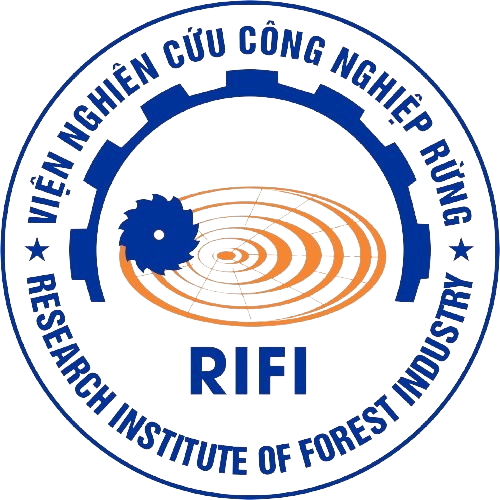Weathering modified wood - Part1. Evaluating whether resistant ability by QUV technology. Journal of Agriculture and Rural Development.
10:16 - 09/04/2019
Natural durability of the culturally and historically important timber: Erythrophleum fordii wood against white-rot fungi
Shrinkage and swelling behavior of archaeological waterlogged wood preserved with slightly crosslinked sodium polyacrylate
Natural durability of Erythrophleum fordii Oliver against white rot fungi
Shrinkage and swelling behavior of archaeological waterlogged wood treated with polyacrylic acid resin
Author: Minh Hong Nguyen,Do Vu Thang, Thanh Duc Nguyen, Nguyen Thi Phuong
Abstract
Eucalyptus Urophylla wood veneers were impregnated with the textile finishing agents: Dimethyloldihydroxylethylenurea (DMDHEU), modified DMDHEU, Epoxy functional polysiloxane (ES), Quaternary ammonium polysiloxane (QAS) and with Cashew nutshell liquid (CNSL). A thermal treatment process was applied after impregnating process, which is aimed to increase the fixation of chemical agents on the wood cells. The thermal treatment for impregnated veneers was as follow: 450C in 24h, 650C in 24h, 800C in 24h, 1030C in 12h and 1200C in 3h. Fixation of the hydrophobation agents of treated wood surface was evaluated by comparing the water uptake reduction (WUR) and color change (E) index before and after running artificial weathering conditions of QUV. In the QUV process, all the veneers are exposed to artificial weathering in a QUV machine. This involved exposure to UVA light (maximum absorption at 340 nm; 0.77 Wm-2 nm-1) from a fluorescent light source over 48 cycles, each involving 2.5 h of UV irradiation at 600C, and 30 min cold water spraying (6 – 8 l/min). The result shows that, WUR of modified veneer with DMDHEU, mDMDHEU, ES, QAS and CNSL after 168h reached 19.1%, 18.3%, 21.3%, 17.6% and 39.8% respectively showing very good water resistance property of the treated veneers. After treating, veneers was exposed to QUV, fixation of chemicals on wood surfaces is proved by the higher WUR retention of modified veneer, which in turn reached 34.3%, 33.4%, 27.1%, 29.7% and 48.3%; and lower E index of modified veneers compared with controls. Veneers modified with DMDHEU, mDMDHEU, ES, QAS and CNSL revealed the average E as 6.9%, 5.7% , 6.9%, 20% and 25.1% while that of the controls is 42.2%. The wood veneers were treated to get better efficiency against to impacts of weather as water resistance and color stability improved. Keywords: Eucalyptus urophylla, thermal treatment, QUV, veneer, weathering modification


